After publishing 90-odd blog posts, I have to confess my enthusiasm for documenting our travels has hit a wall. So we’ve decided to switch things up. Instead of continuing to follow our DETOUR template, our posts will be more photo-centric, with some brief commentary to support the visuals, and rather than dropping into your inbox on a bi-weekly basis, we’ll entertain you monthly. Or at least that’s the plan, I may be unable to confine my passion for history to only a few sentences.
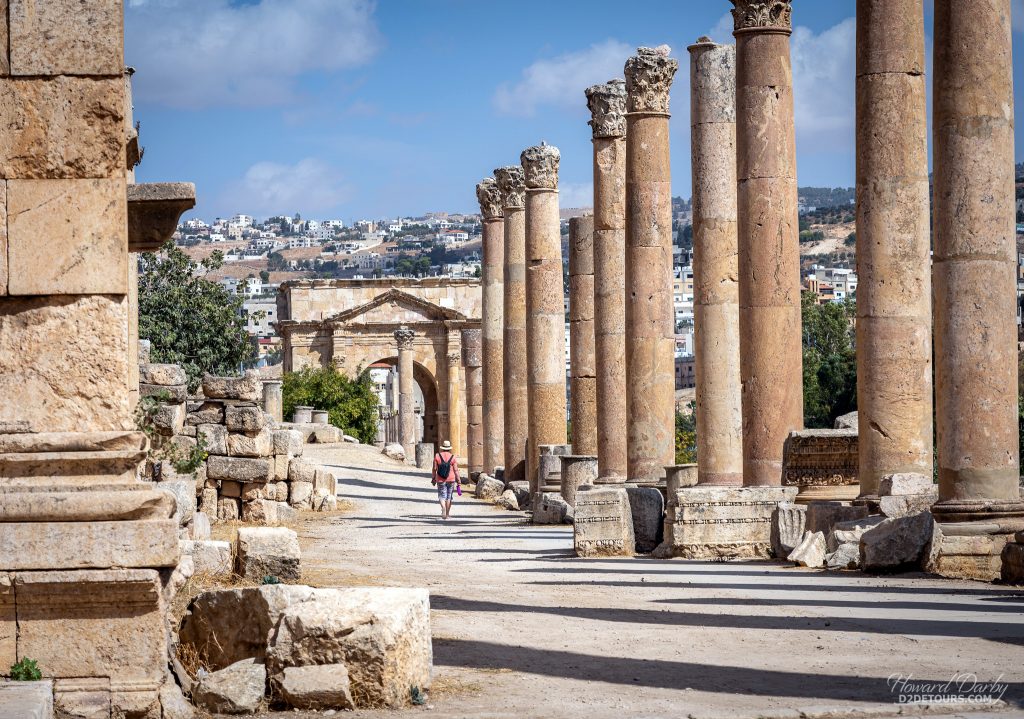
We are starting our 2025 travels in Latin America, but first, here’s a short summary of the transatlantic cruise which brought us back to North America for Christmas.
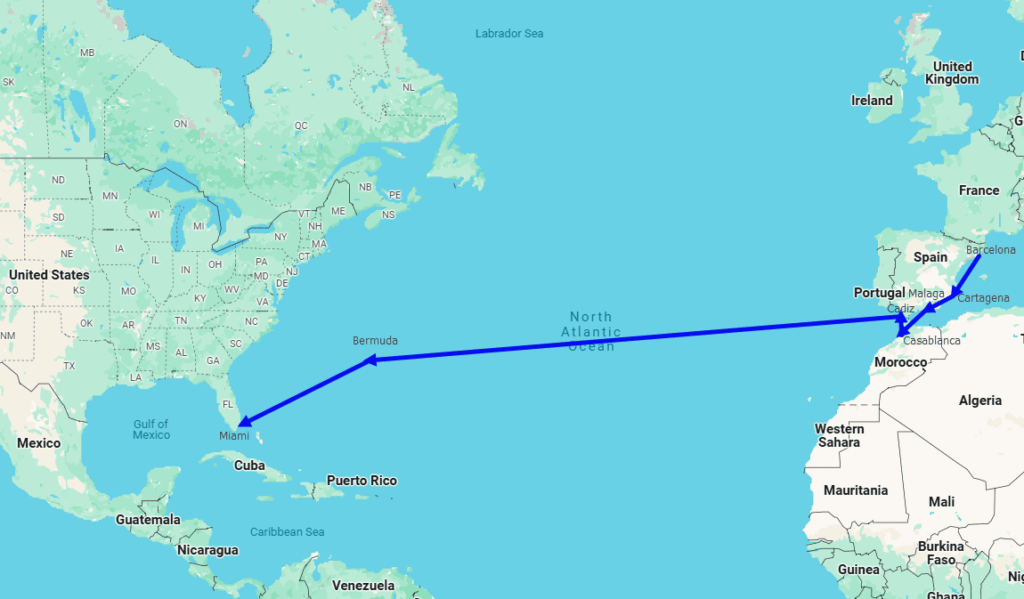
We departed from Barcelona on a 14-day crossing aboard the Pearl, part of the NCL (Norwegian Cruise Line) fleet, with three ports of call in Spain (Cartagena, Malaga, and Cadiz) and one stop in Morocco (Casablanca) before heading into the open waters of the Atlantic.
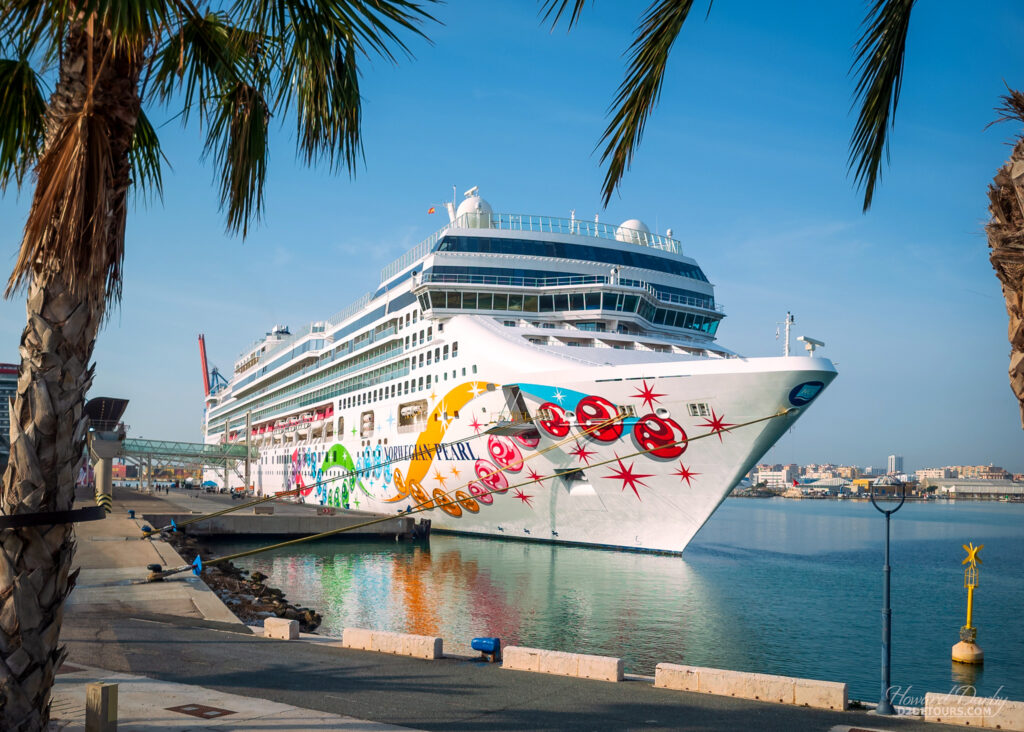

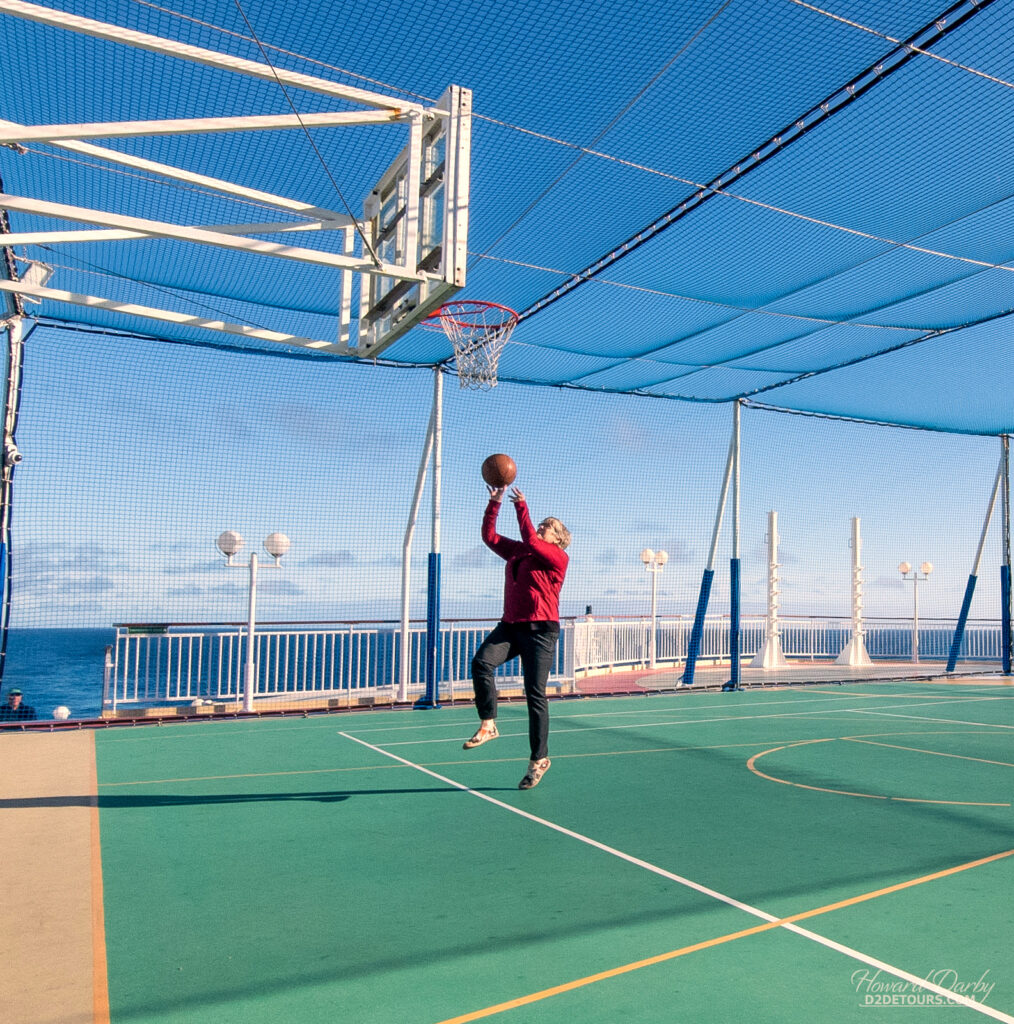
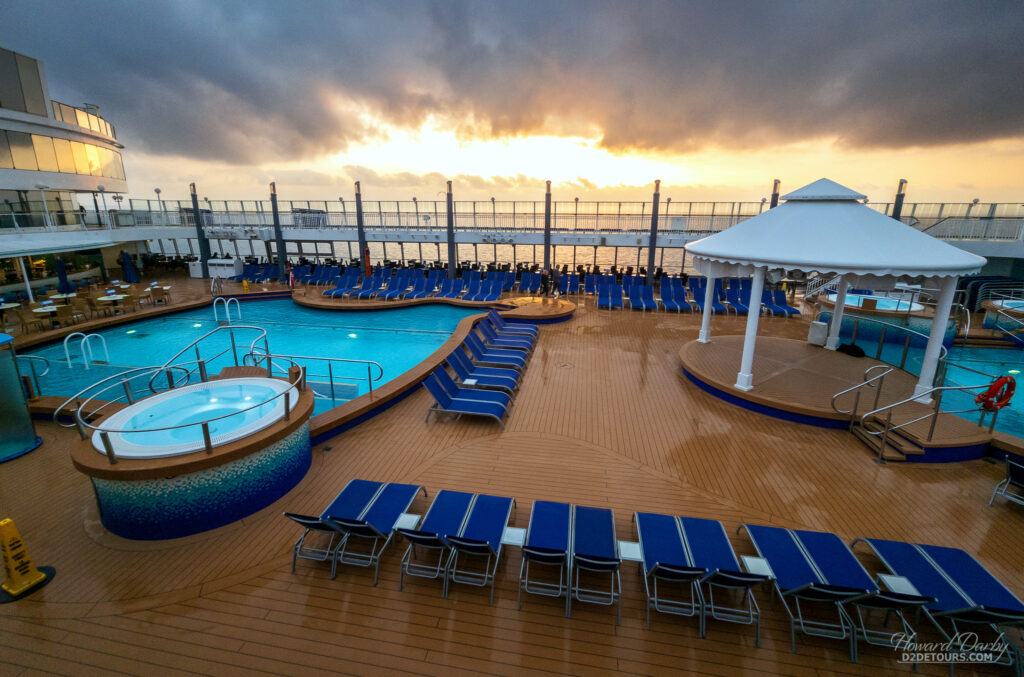
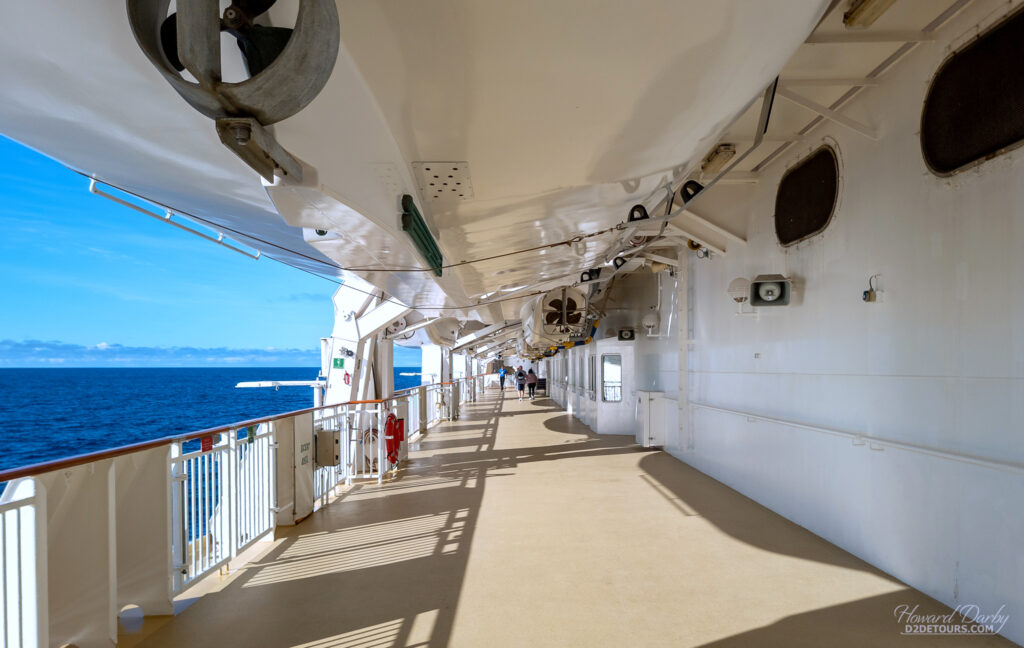
Sailing across the expanse of ocean between continents included a reprieve in Bermuda, and was also to have included a day on NCL’s private Bahamian island, Grand Stirrup Cay. Mother Nature didn’t get that memo. High winds, and the resulting 3m / 15ft waves, made tendering (small boats moving passengers from ship to shore) too dangerous, forcing us to bypass the island. Frankly, we were just as happy to miss that port; the island has nothing to offer other than a chance for passengers to trade their poolside loungers for sunbeds on the sand. We were even more delighted when the ship gave everyone on board $65 USD (cash!) as an apology for the lost day on land.
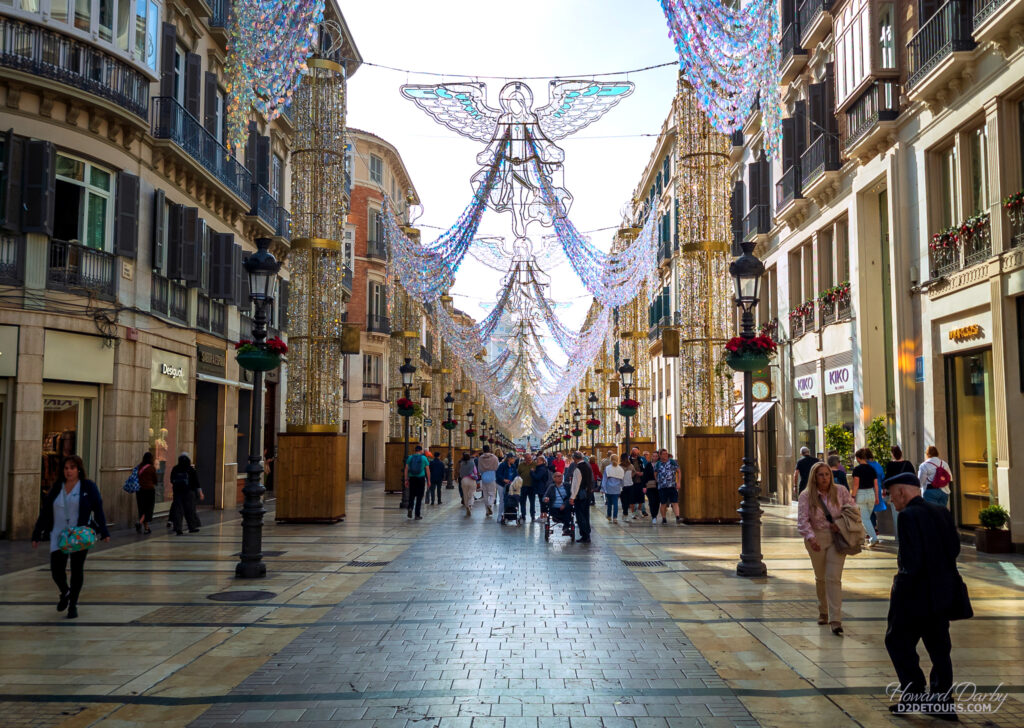
We have previously been to both Cartagena and Malaga (Malaga was just last year on another transatlantic cruise), yet we still managed to find a few new sights to captivate us.
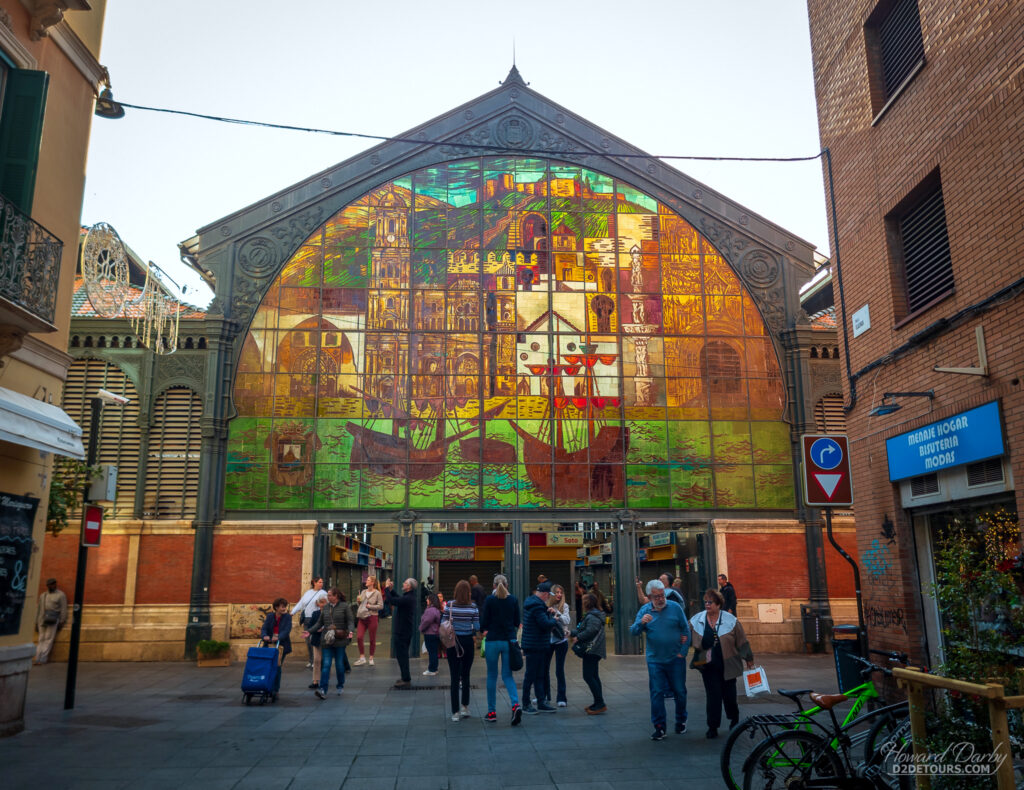
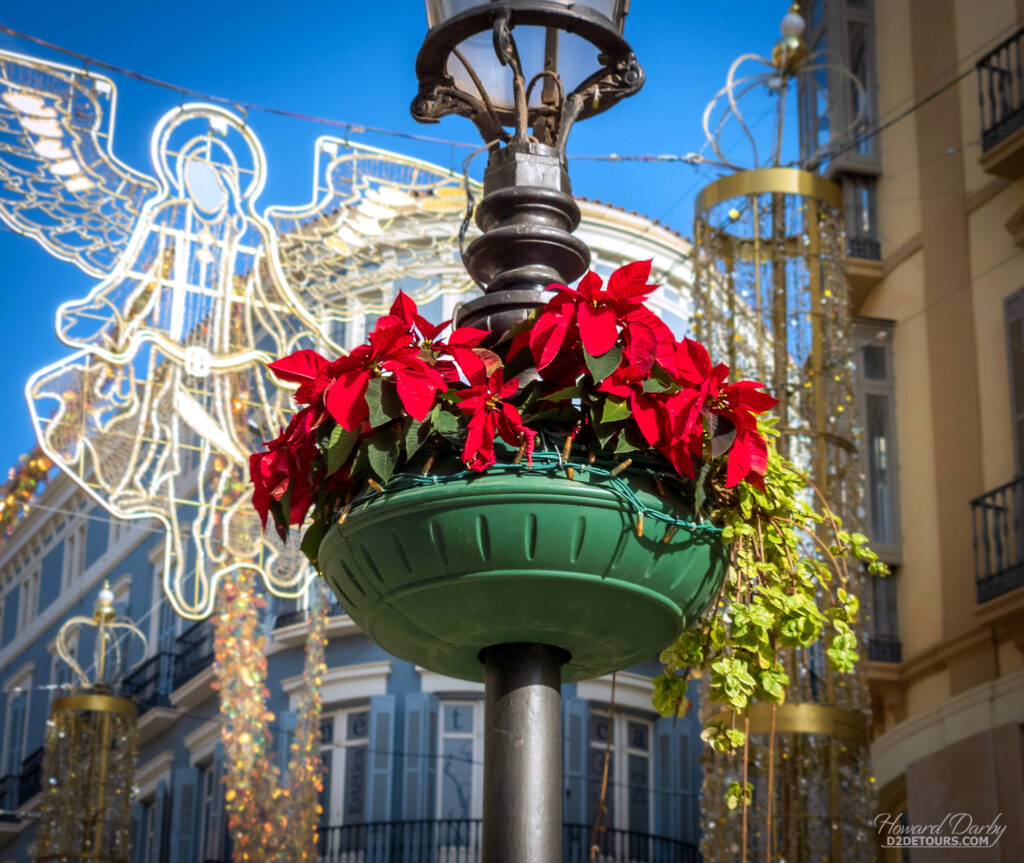
In Cartagena, we were thoroughly impressed with the Municipal Archeological Museum. Its collection spans 3000 years and provides a glimpse into the lives of the various civilizations that have laid claim to Cartagena – Phoenicians/Carthaginians, Romans, Vandals, Vizigoths, Byzantines, Moors, and Christians. The museum has been built around an ancient Roman necropolis, dating from the 3rd to 7th century CE, and was free to visit.
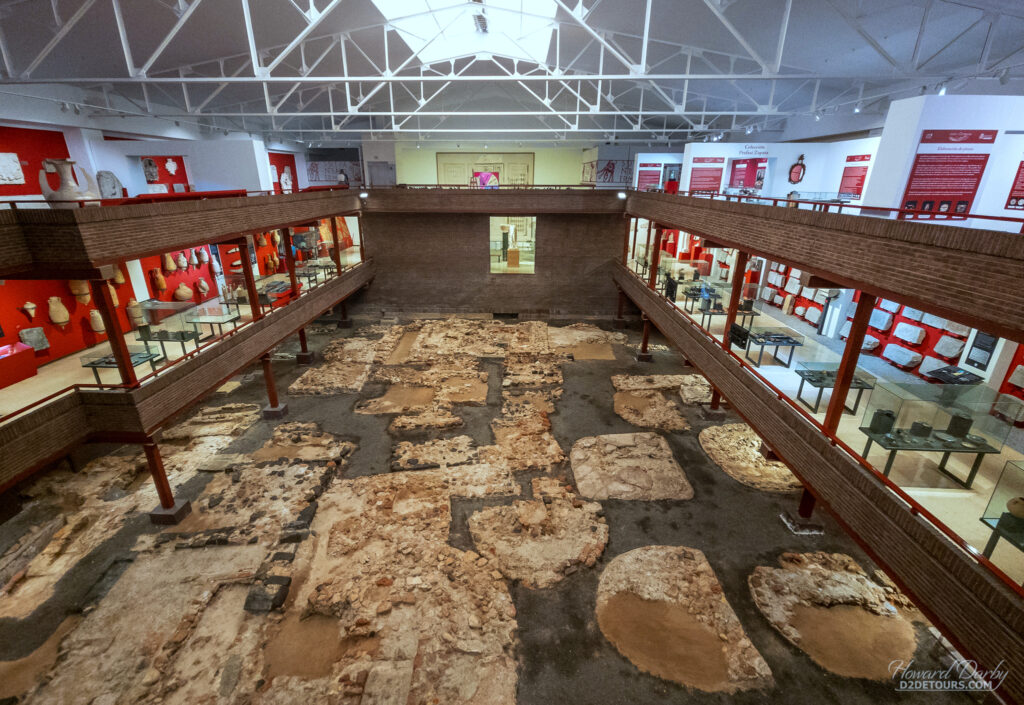
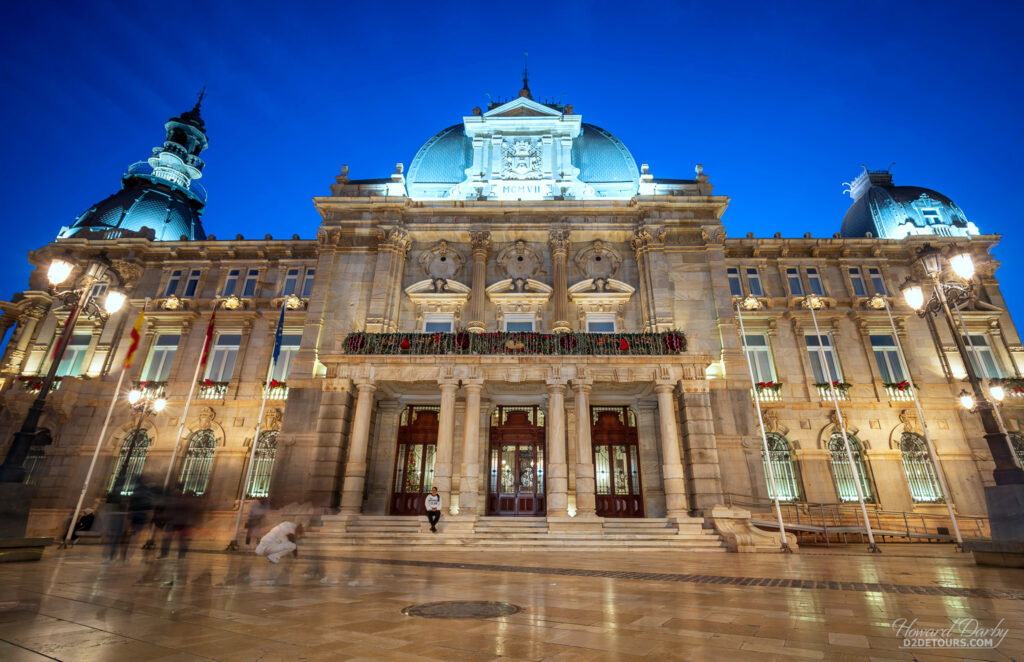
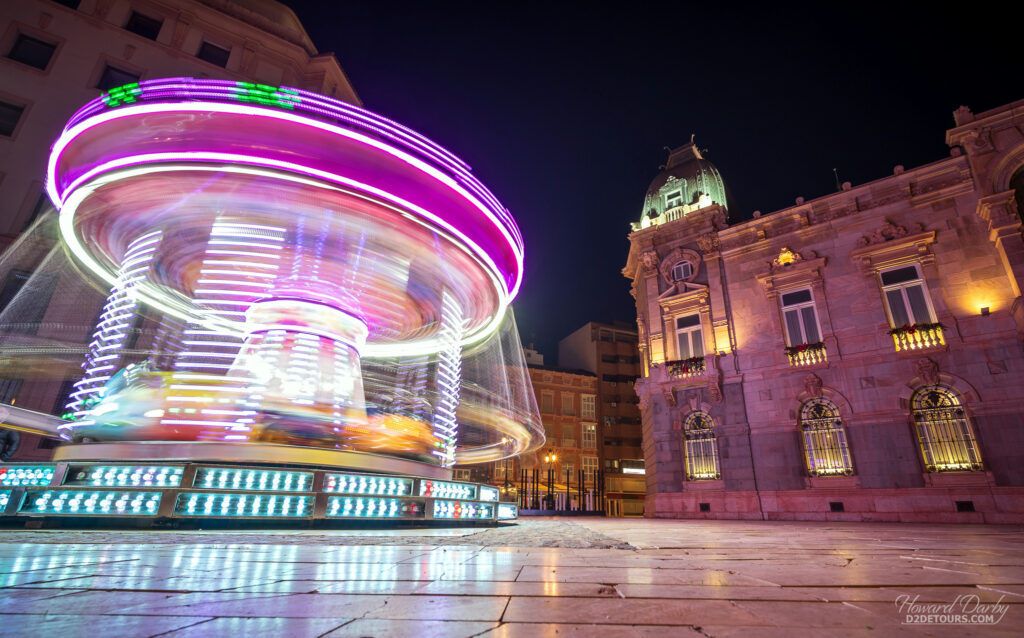
Established by the Phoenicians in roughly 1100 BCE, successive civilizations have also recognized the importance of Cadiz. At one time it was the second most populous city in the Roman Empire. As Spain’s ambitions grew in the 15th century, it became the base from which the Spanish Navy would launch its search for new trade routes, and by the 18th century was the principal port for trade with the Americas. In 1812, during its war for independence (1808-1814), Spain’s first constitution was drafted in Cadiz. Today shipbuilding still plays a role in its economy, but rather than a port from which to explore elsewhere, its historical architecture draws tourists to its cobblestone streets.
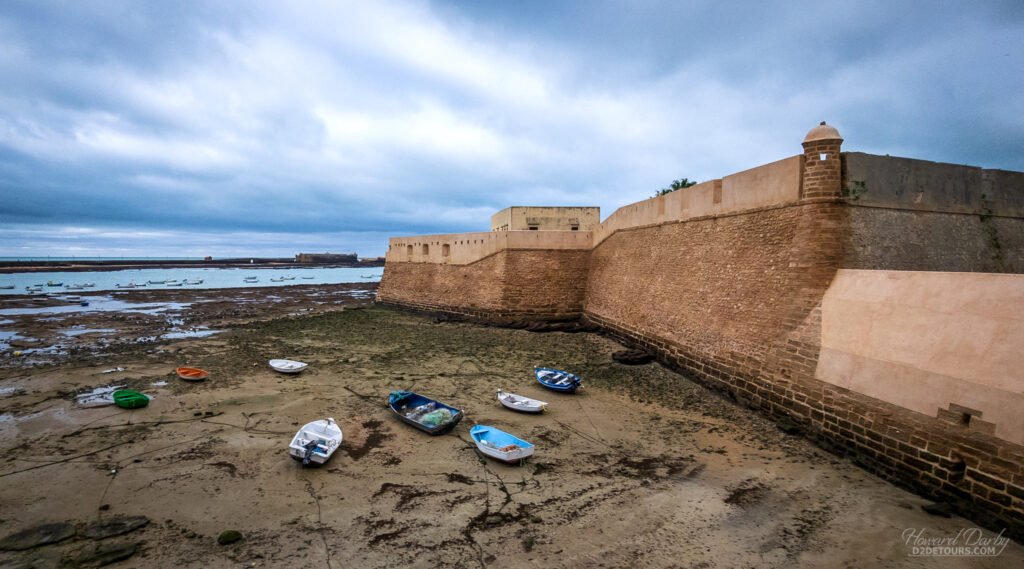
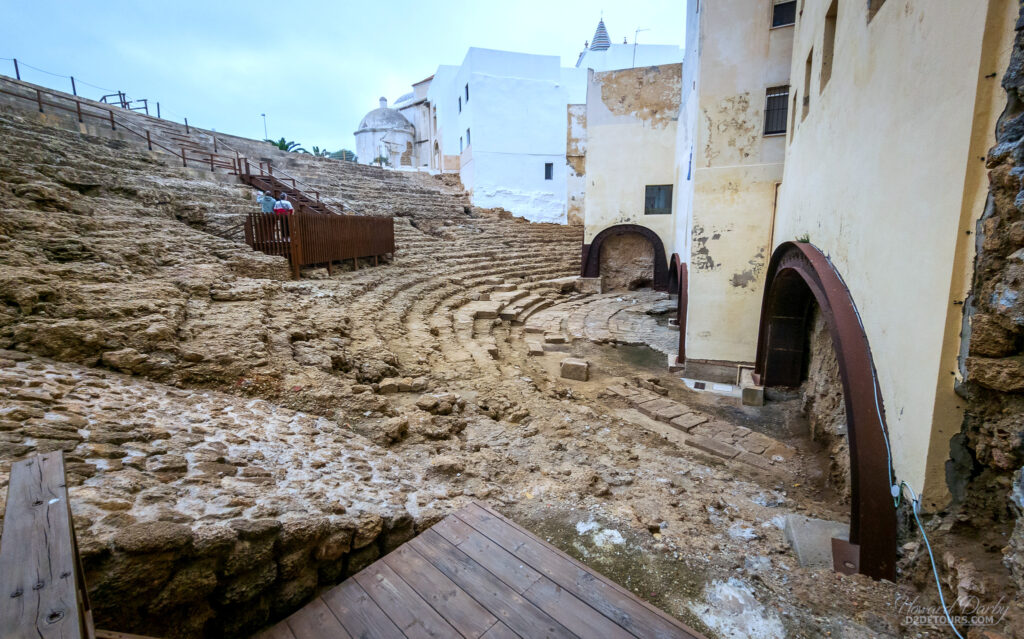
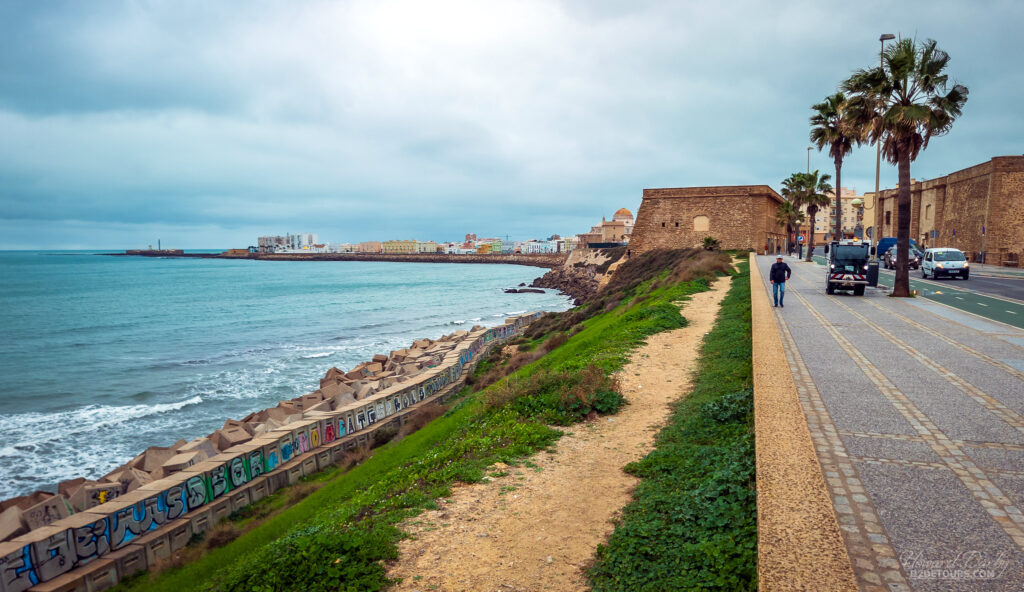
Casablanca, Morocco was another rerun for us, although our first visit was pre-retirement (2019). We spent very little time in the city during that trip, other than a quick stop at the Hassan II Mosque, completed in 1993. We didn’t feel the need to revisit this gorgeous piece of architecture because back in 2019 our flight had landed at 7am, which meant we were virtually alone as we admired the courtyard and exterior of the mosque. We figured we weren’t likely to surpass that experience since this visit would have us sharing the space with roughly 2500 cruise passengers! However, the courtyard can hold 80,000 worshippers so it’s not like we would have been cheek-to-jowl with tourists.
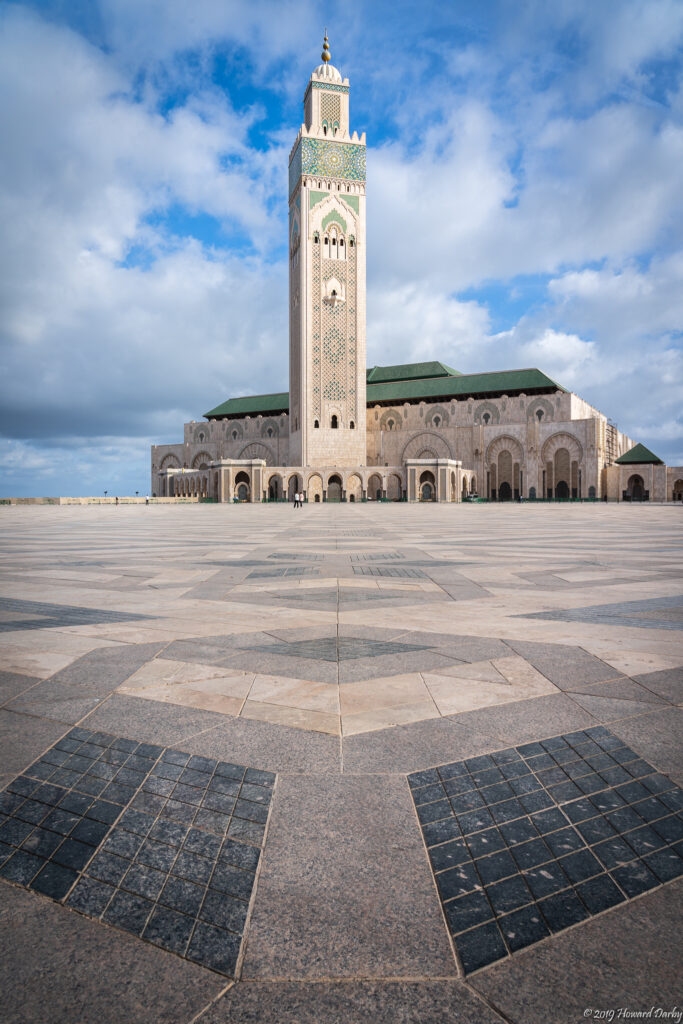
We opted instead to meander along some of the streets of the largest city in Morocco (urban population 3.22M). In 2019 our driver hadn’t encouraged us to see anything beyond the mosque, and on a second visit I can see why. It’s kind of grubby and lacks the old-world charm of Marrakesh or Fes. That being said, its Medina was still a worthwhile wander.
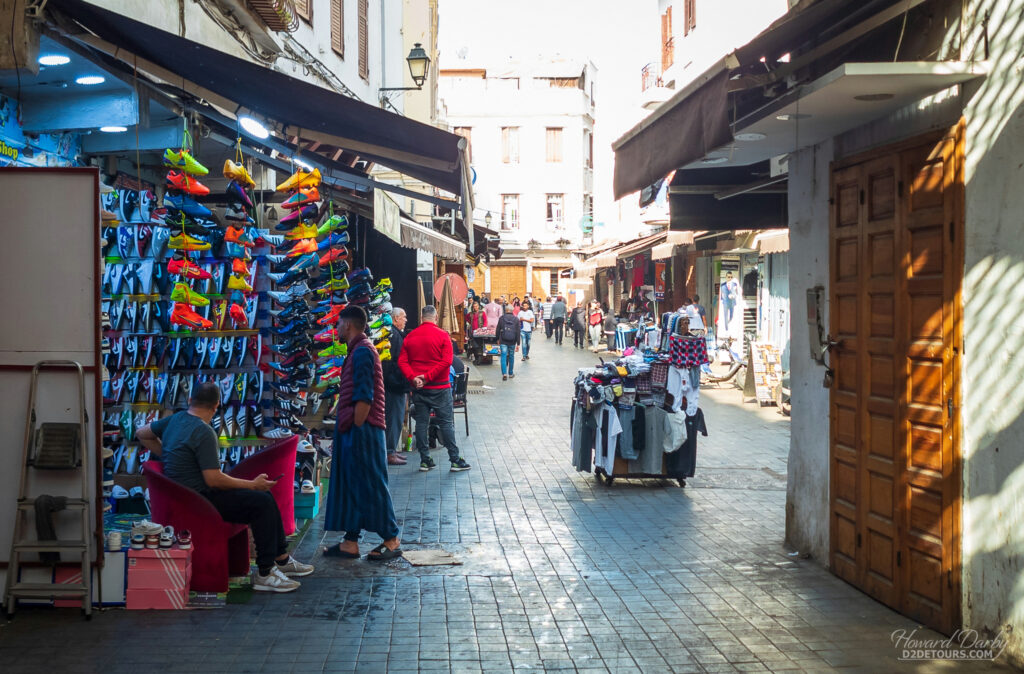
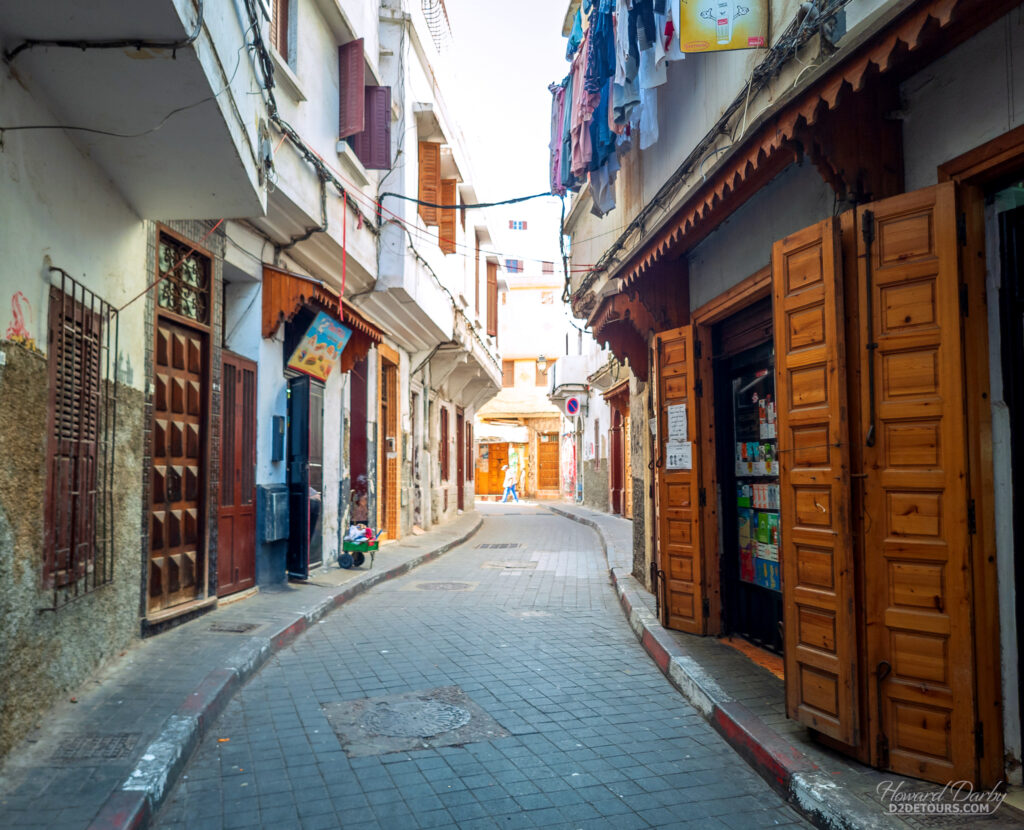

Our last port of call before Miami was Bermuda. This was my favourite stop – lots of history! While the archipelago is comprised of 181 islands, many are connected by bridges which creates the illusion of a single landmass. The archipelago was discovered by the Spanish explorer Juan de Bermudez in 1505, yet remained uninhabited until 1609 when an English ship bound for Virginia ran aground on its reefs, thus opening the door to colonization. A permanent colony was established in 1612, and the islands would prove to be a highly lucrative addition to the empire with a plantation economy supported by enslaved labour.
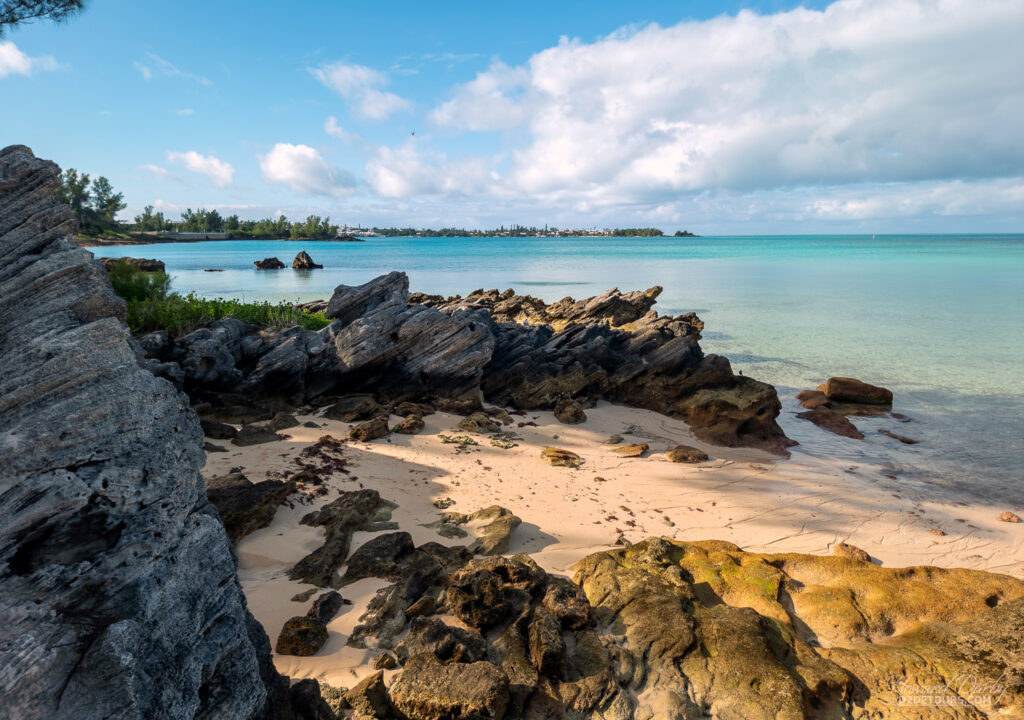
During the American Revolutionary War (1775-1783), Bermuda remained steadfast in its loyalty to the Crown, and was a key naval base for the British. Beginning in the 20th century, it transitioned from an agricultural economy to one based on international business, specifically in the finance and insurance sectors. And, not surprisingly, its crystal clear turquoise waters have made it a very popular tourist destination. Bermuda remains a British Overseas Territory, although it has been self-governing since 1620. In 1995, an independence referendum was soundly defeated by 73% of the population.
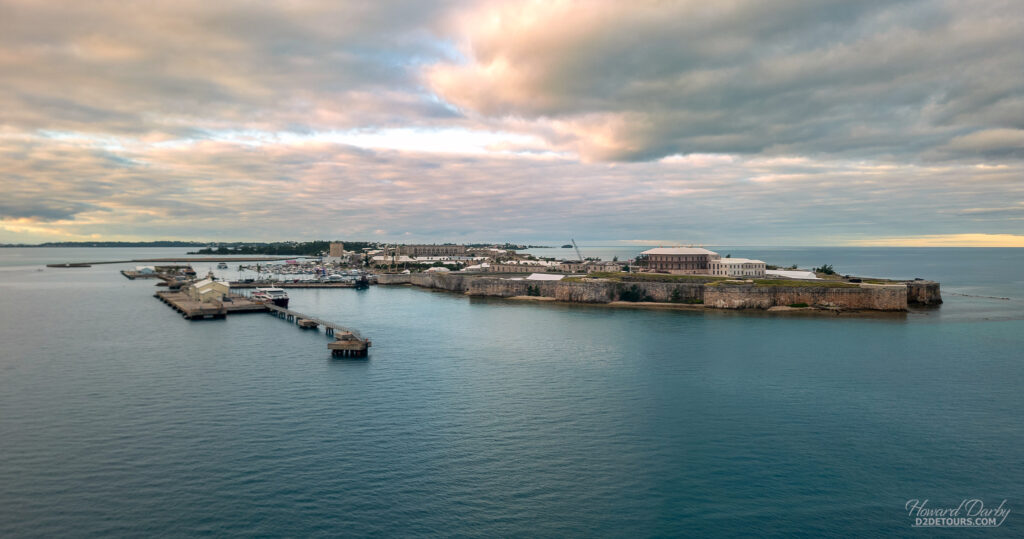
Cruise ships dock at the Royal Navy Dockyard on the northwest tip of the archipelago. We could have taken a bus into Hamilton or St. George, but shopping seemed to be the main draw for those cities and we were very content to wander the area surrounding the Kings Wharf.
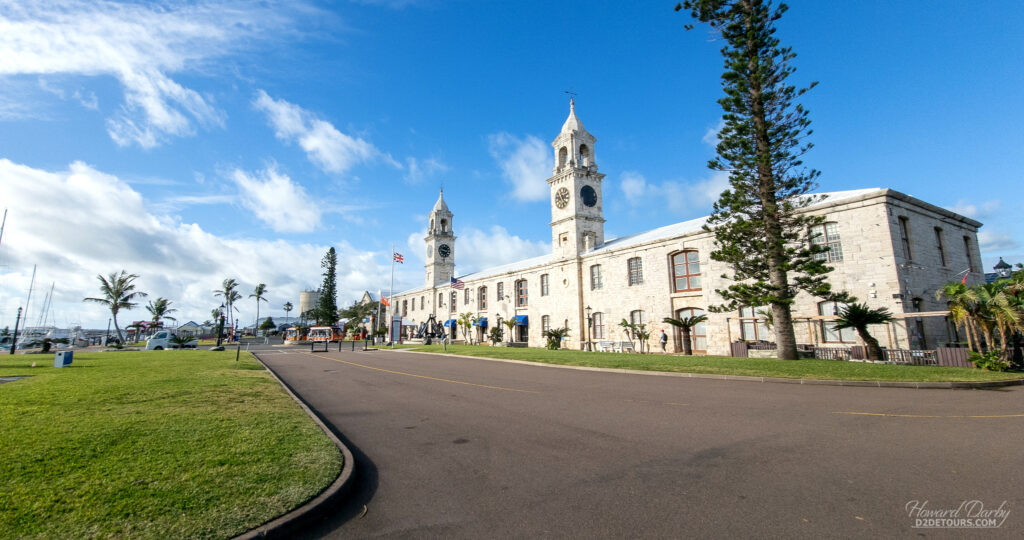
We were particularly fascinated by the Naval Cemetery.
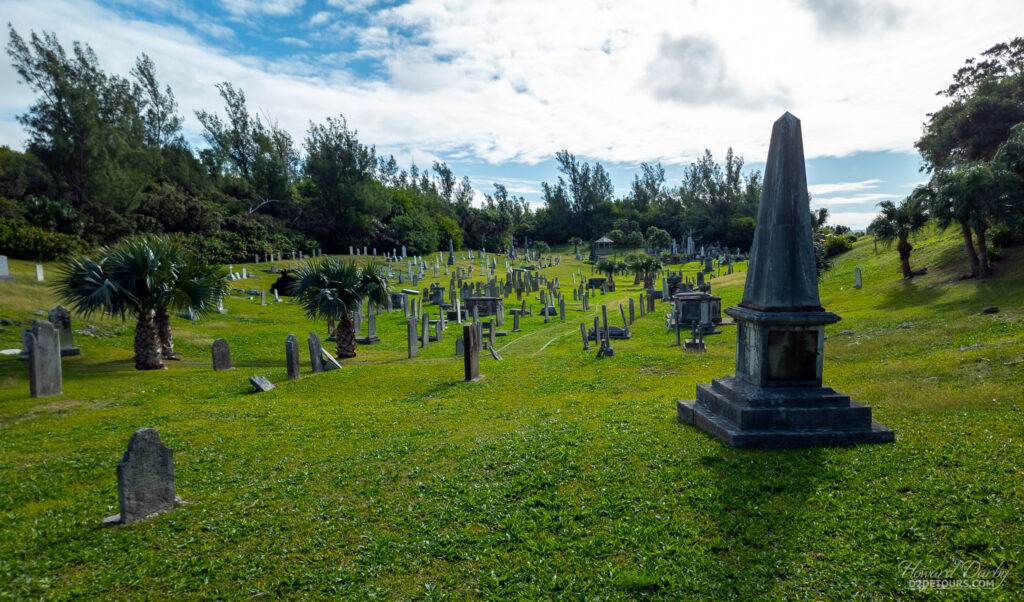
The Glade, as it is affectionately known, is the final resting place for hundreds of servicemen from the 19th and 20th centuries, including a handful from the First World War when several Canadian regiments were garrisoned on the island. There are also heartbreaking headstones for the wives and children who perished in a yellow fever epidemic in the mid-19th century. Interestingly, the cemetery also includes multiple markers placed in memory of shipmates who died from drowning or sunstroke.
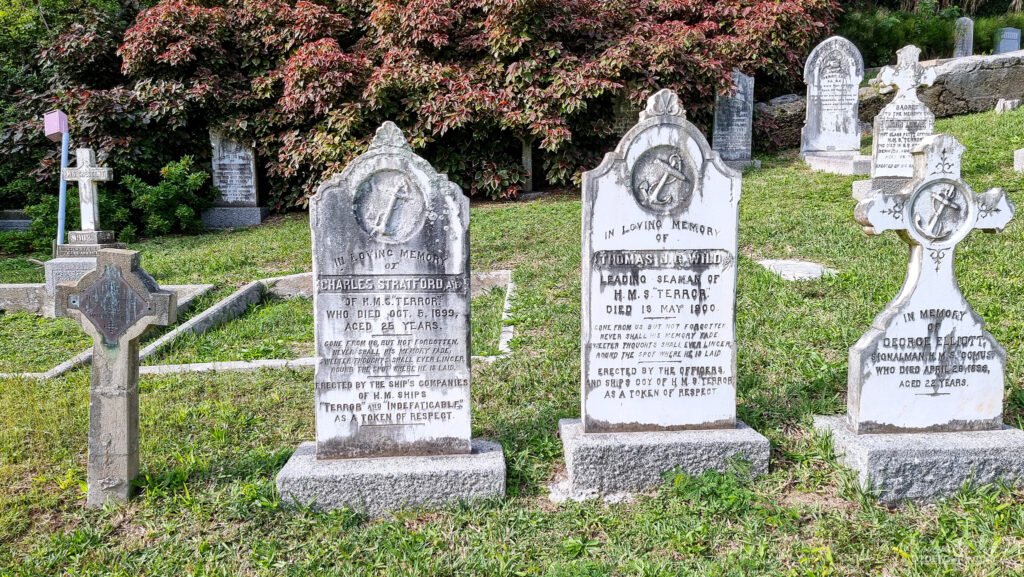
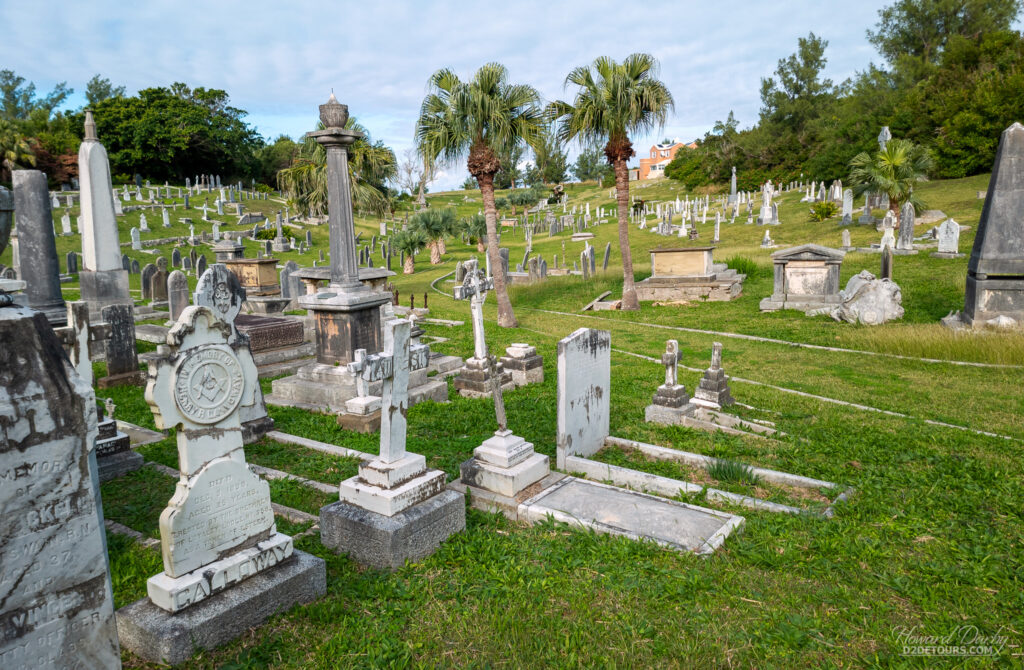
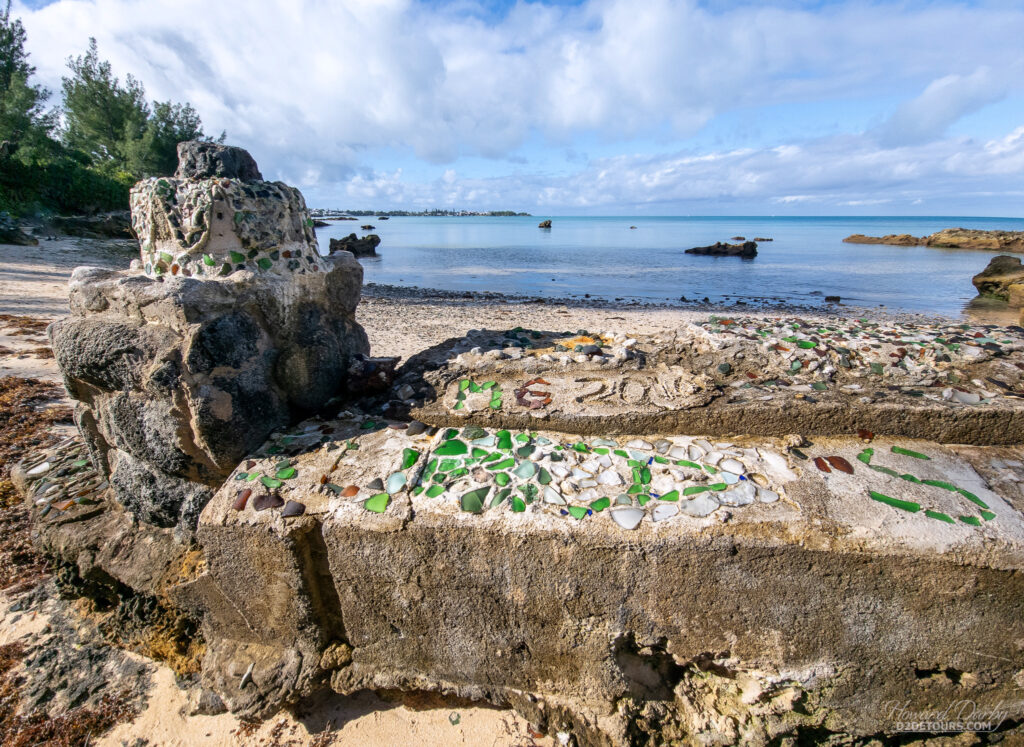
And that’s a wrap on our 2024 travels. Next up – Guatemala and beyond!
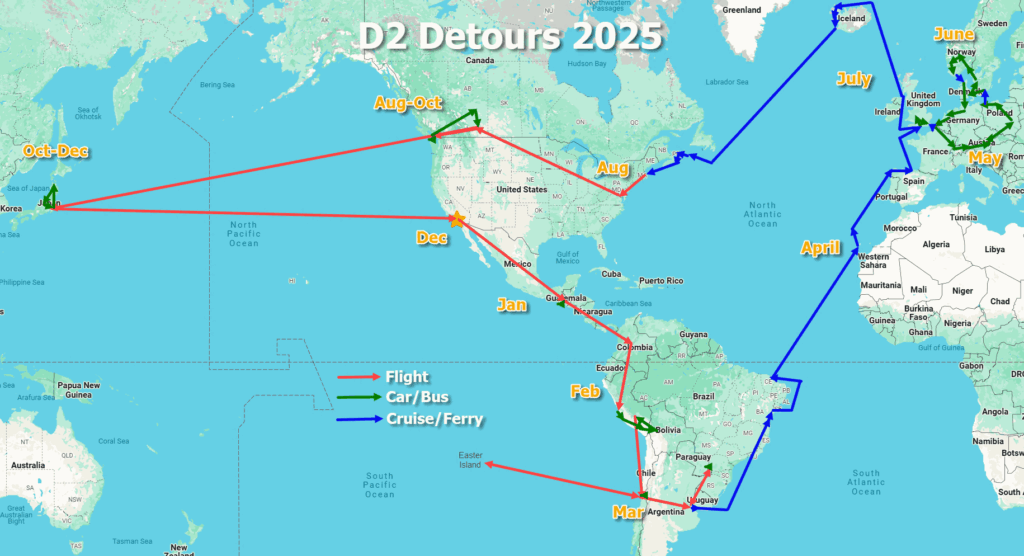

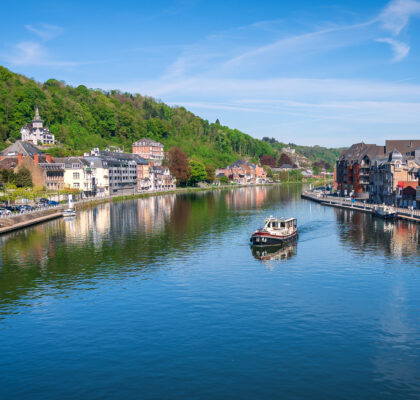
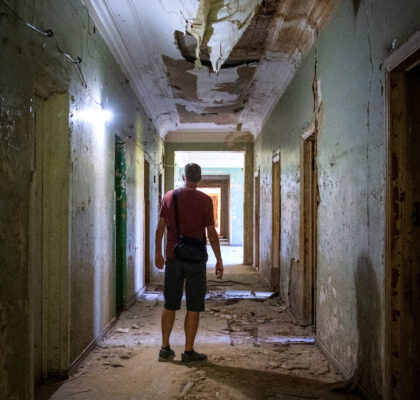
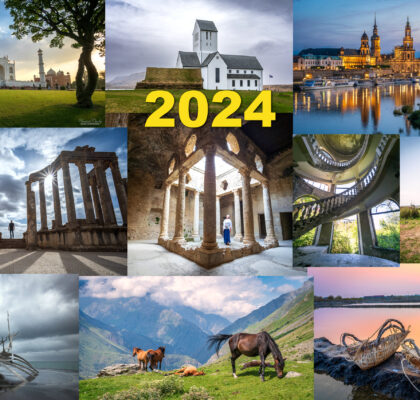
I hear blogging can be a lot of work. I give thanks to those that do it and I will continue to follow you!
I always enjoy your blogs even if I don’t comment and will continue to read and live vicariously through your travels as long as you continue to publish. Also as a history nerd I love all your commentary. Thanks again for sharing!
I enjoy reading your posts. Thanks for all the work you both do to create such informative narratives and beautiful images.
thank you for continuing to post. you are fortunate to be able to make comments on wonderful photos!